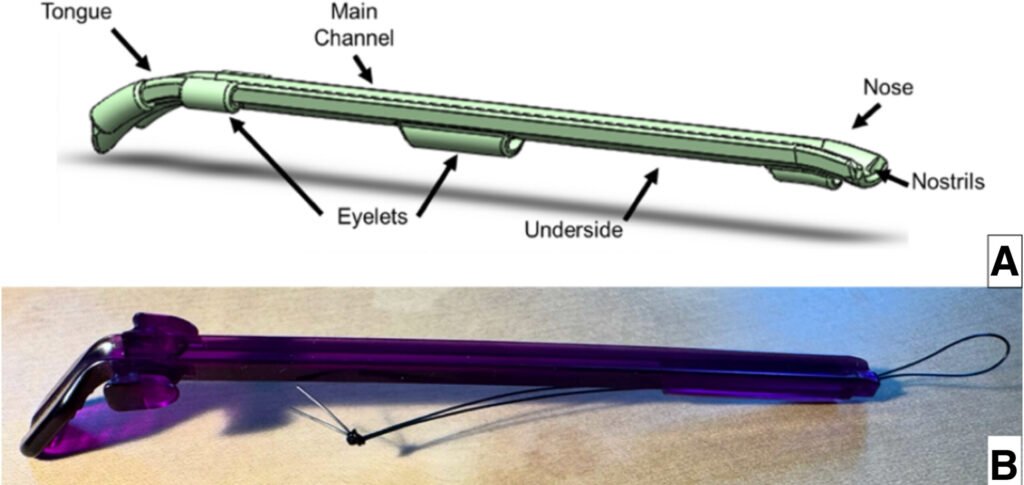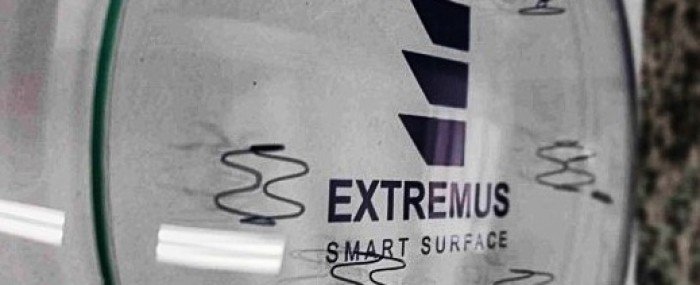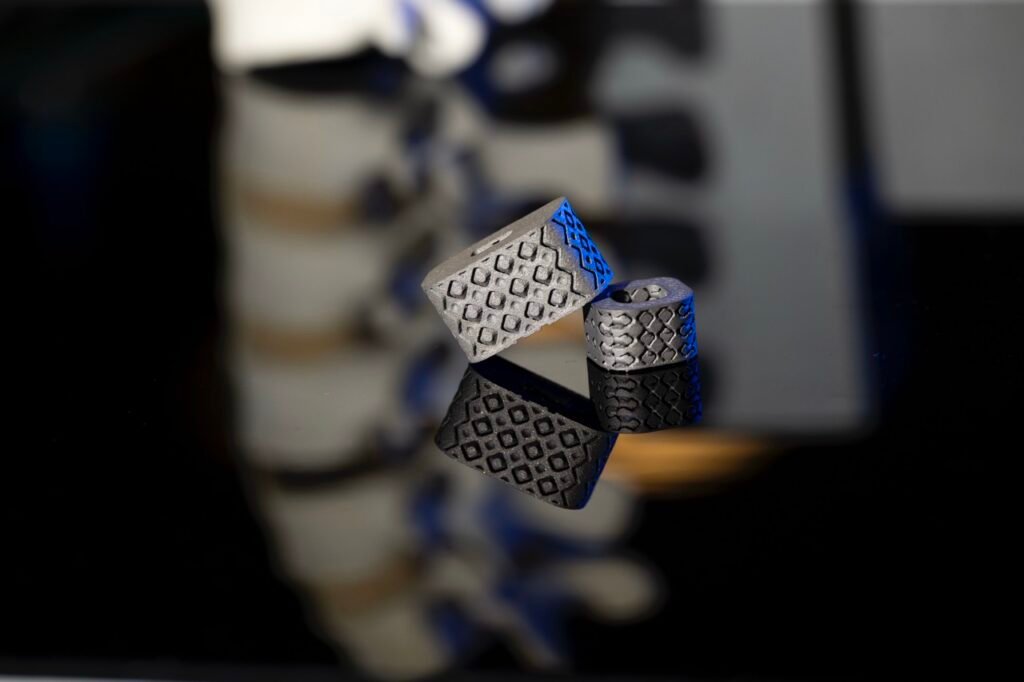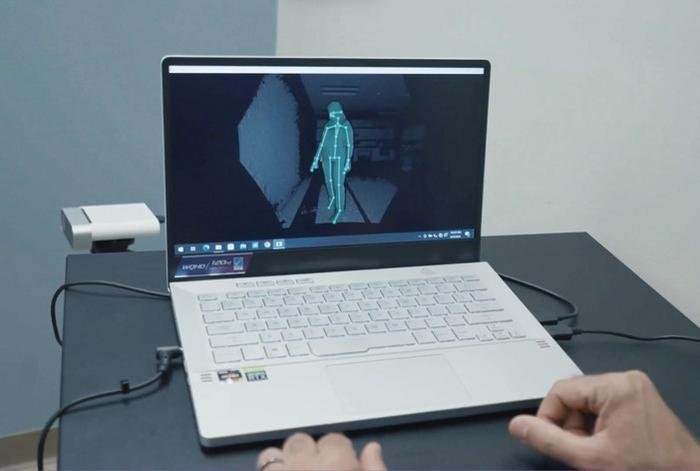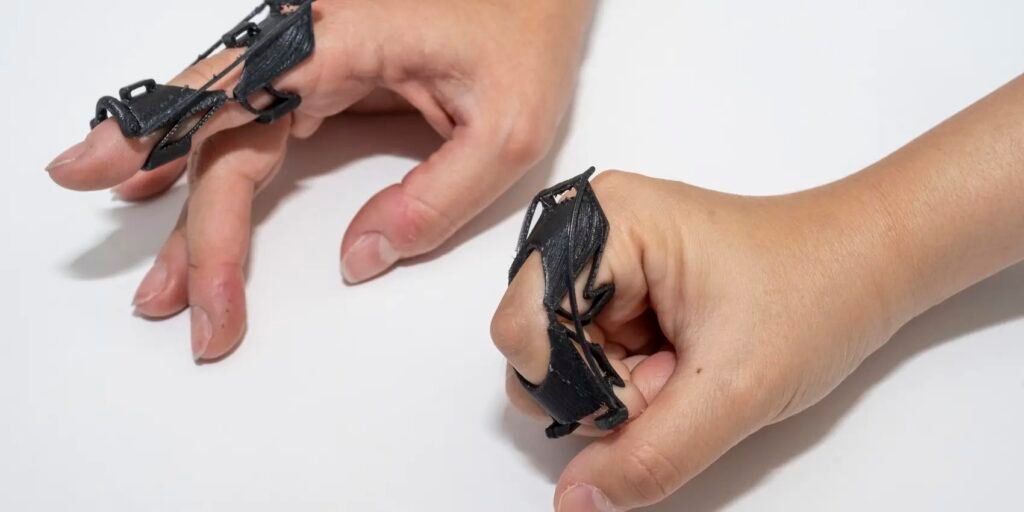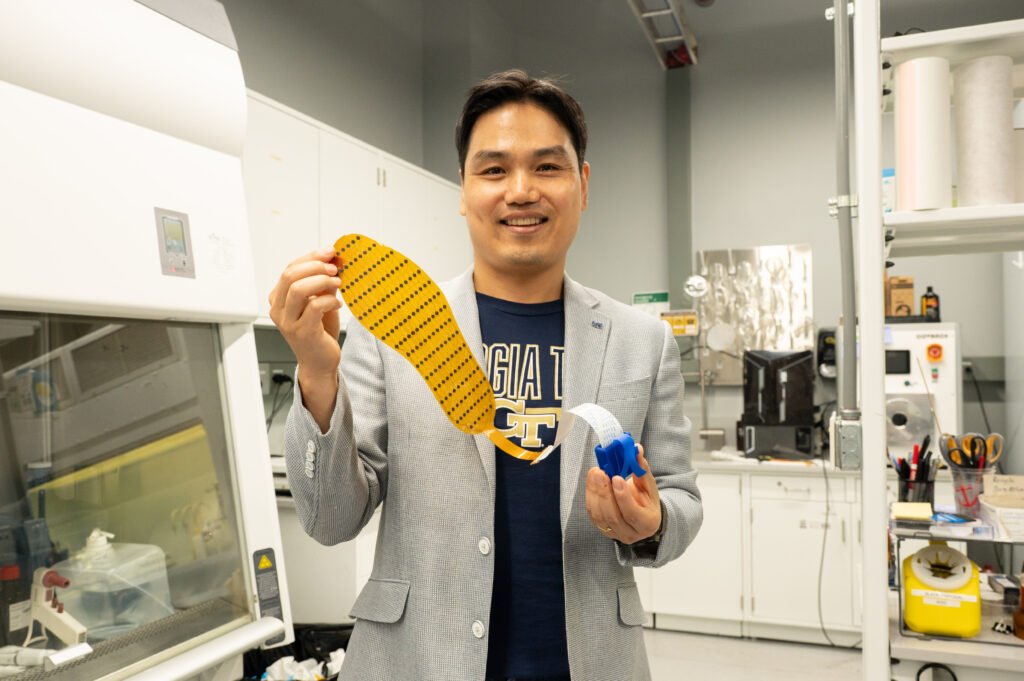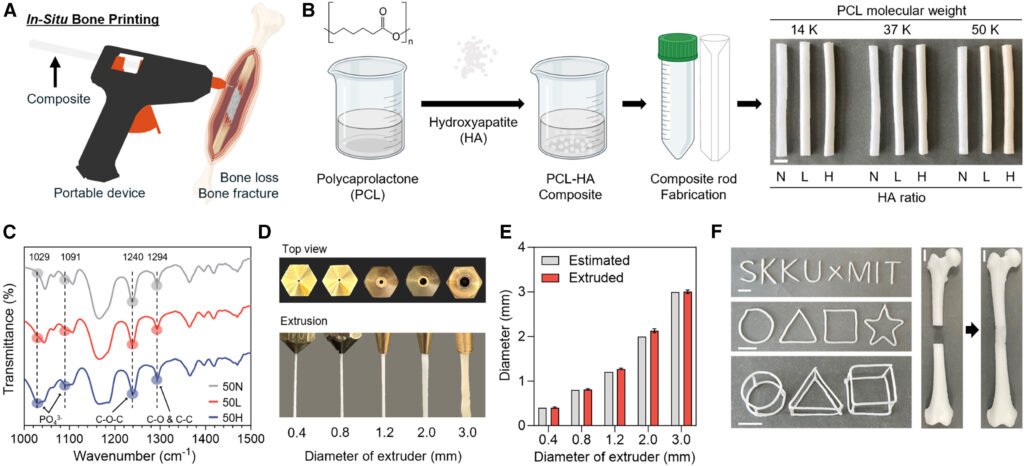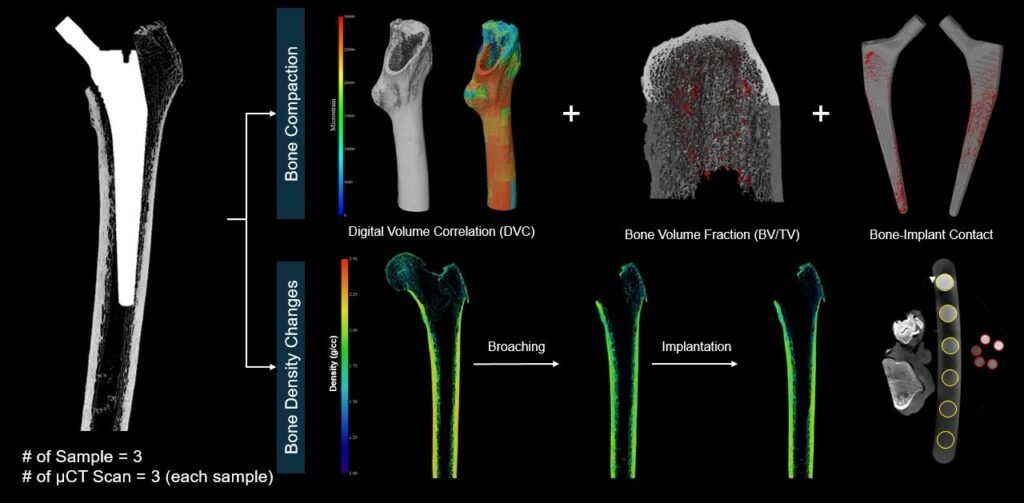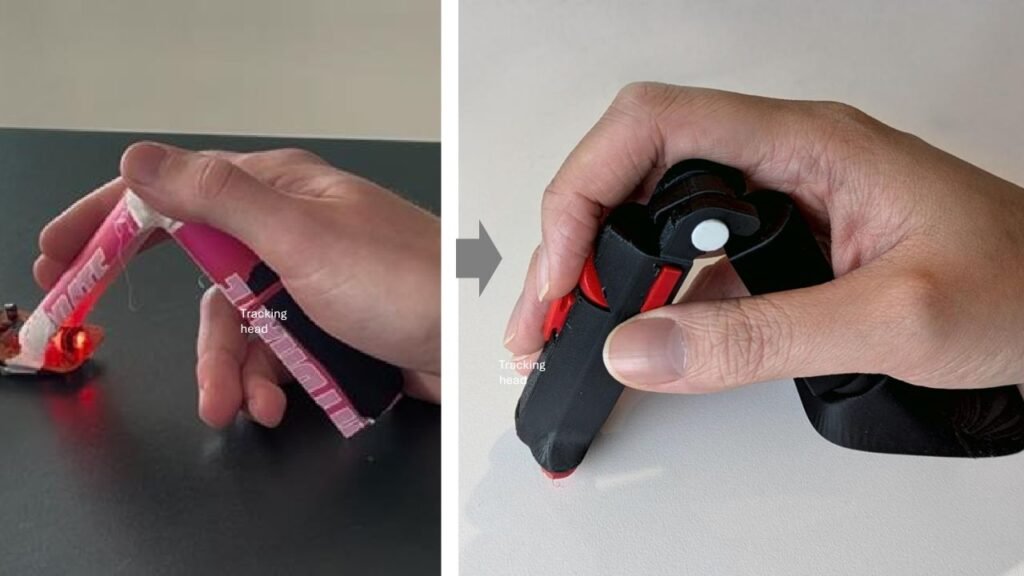Researchers Develop New Cannula Device to Improve Hip Arthroscopy Surgery
Researchers at the University of Colorado Boulder have introduced a breakthrough surgical device that is transforming hip arthroscopy by making procedures safer, faster, and more effective. Hip arthroscopy is a minimally invasive surgery used to diagnose and treat joint problems, […]
Researchers Develop New Cannula Device to Improve Hip Arthroscopy Surgery Read More »

